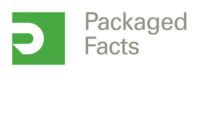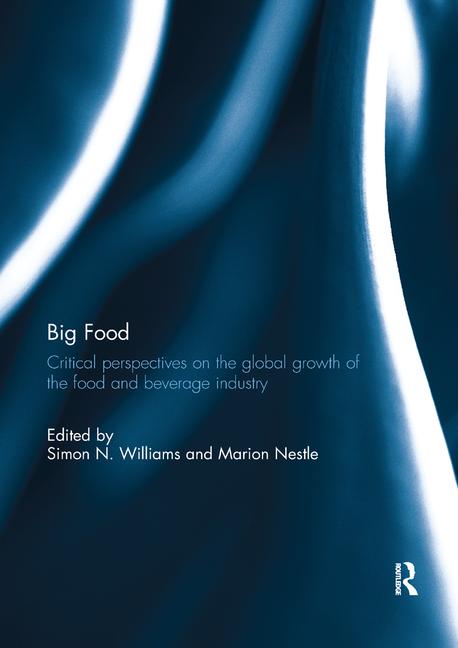US Vs. EU on GMO
The top American agriculture official has called on the European Union to do more to ease restrictions on gene-altered food and feed crops if it hoped to reach a trans-Atlantic trade pact.

“There can’t be a trade agreement without a serious and significant commitment to agriculture,” the official, Agriculture Secretary Tom Vilsack, told reporters after an informal meeting with European farm ministers. European consumers “ought to have a choice” whether to use biotech foods, he said.
Vilsack has a tough case to make among Europeans, though. There continues to be deep resistance to bioengineered agricultural products in the European Union -- or to easing many other agricultural trade protections, for that matter. The fight over food, in fact, is a big impediment to progress in talks that are already moving more slowly than officials on both sides had wanted when President Obama announced them last year.
Negotiators are trying to reach a Trans-Atlantic Trade and Investment Partnership, an agreement that goes far beyond cutting import duties by creating a more uniform market and by synchronizing regulations for products like automobiles and medicines. However, after five rounds of meetings, the negotiators are at odds in important areas, including how to lower tariffs, whether to include financial services in any deal, and how to create freer trade in food and farming.
The deal is also drawing opposition from groups on both sides of the Atlantic, concerned it will lower environmental standards and weaken consumer protections.
The United States has long insisted that there is no scientific evidence of safety risks from using foods and feeds whose genetic makeup have been altered through bioengineering -- whether to make them more resistant to pests and drought or to fine-tune their content. However, many Europeans are more cautious, and some deride the products as “Frankenfoods” that must remain heavily restricted on farms and in the food chain. European shops tend to carry few foods with gene-altered ingredients because of skepticism among consumers.
Cultivation in Europe is also almost nonexistent. A Monsanto corn variety approved in 1998 is the only gene-altered crop grown in the bloc. Grown mainly in Spain, the variety represented only 1.4% of European Union corn production in 2012.
European Union officials have proposed ways of encouraging more cultivation of such crops. One idea is to give countries that are steadfastly opposed to biotech crops, like Austria, broader scope to ban them from their territory. Those countries would, in turn, then ease their opposition to allowing the crops on a broader European basis. However, whether those rules, which still must be approved by the European Parliament, would promote more cultivation is an open question.
As to imports, there is already a significant level of trans-Atlantic trade -- but not as much as the United States would like. The European Union has authorized import of 58 gene-altered varieties for food and feed from the rest of the world, including the United States. However, new approvals often get stuck for years in complex decision-making processes, even after being given a green light by the European Food Safety Authority, a European Union agency.
“Our view is that the regulatory process should be synchronized,” said Vilsack. Approvals take about 18 months in the United States compared with an average of about 45 months in the European Union, American officials said.
Europe should also reconsider requirements to label genetically modified foods, said Vilsack, who added that consumers could use smartphones to scan packaging to check the contents. European ministers “didn’t say that’s a ridiculous idea,” said Vilsack.
Dacian Ciolos, the European Union’s agriculture minister, said at a news conference on Monday evening that other “crucial issues” discussed with Vilsack included European demands on American producers to curb use of so-called geographical indications like Feta, meant to protect products like the Greek cheese of the same name.
Most ministers told Vilsack that the “European Union doesn’t see how any kind of agreement can be struck without geographical indications being part and parcel of that agreement,” Ciolos said.
During his meeting with reporters, Vilsack asked, “Where is Feta?” He said it was not even a place in Greece, but simply a manufacturing process. “If only Greeks can use the term Feta, which has been used for a long period of time by a lot of people, and you expand that to all the other cheeses that are at issue here,” he said, “that’s a problem.”
Looking for a reprint of this article?
From high-res PDFs to custom plaques, order your copy today!






